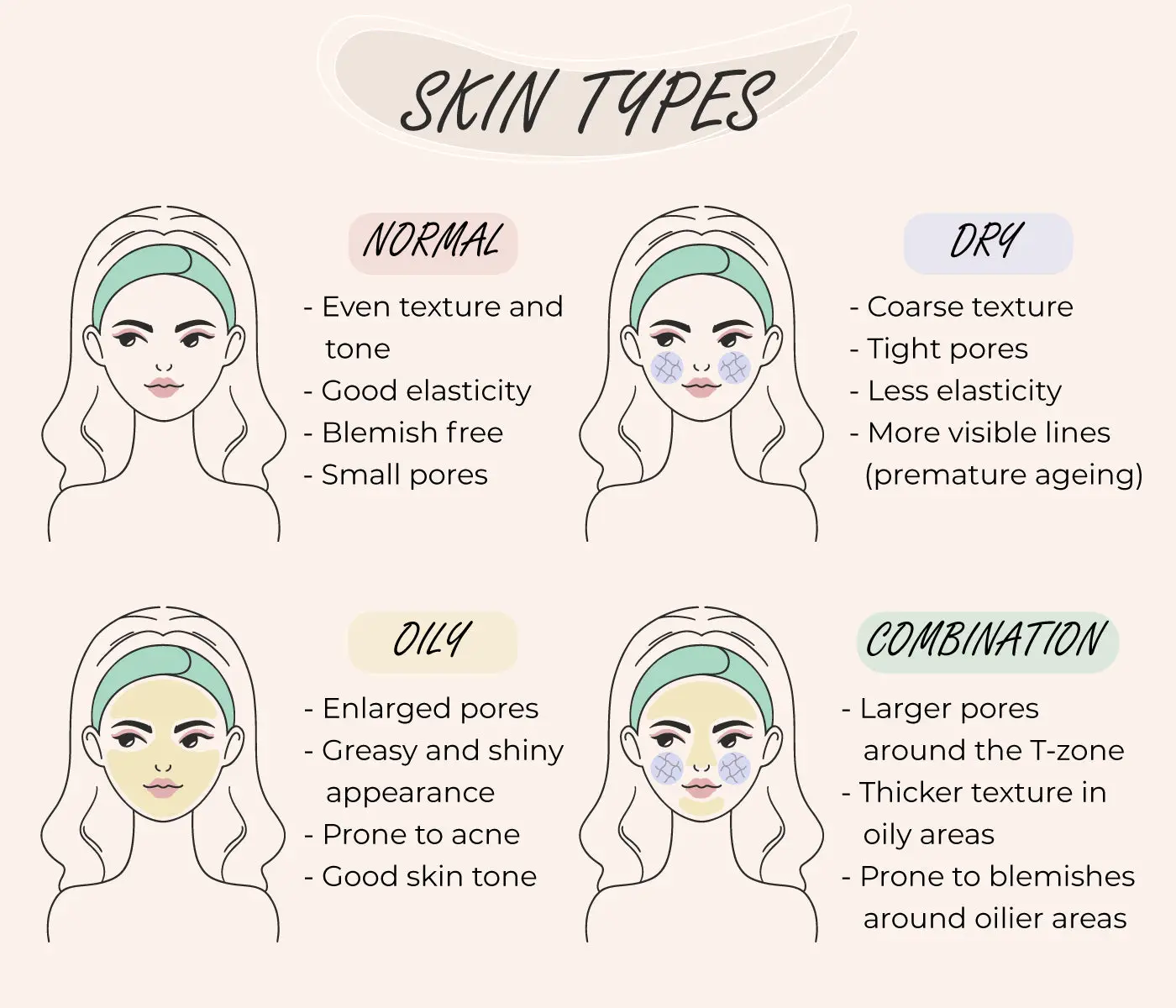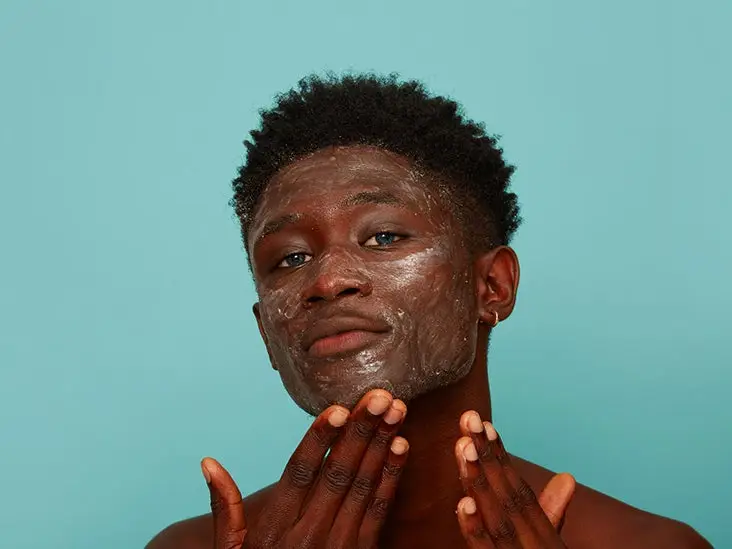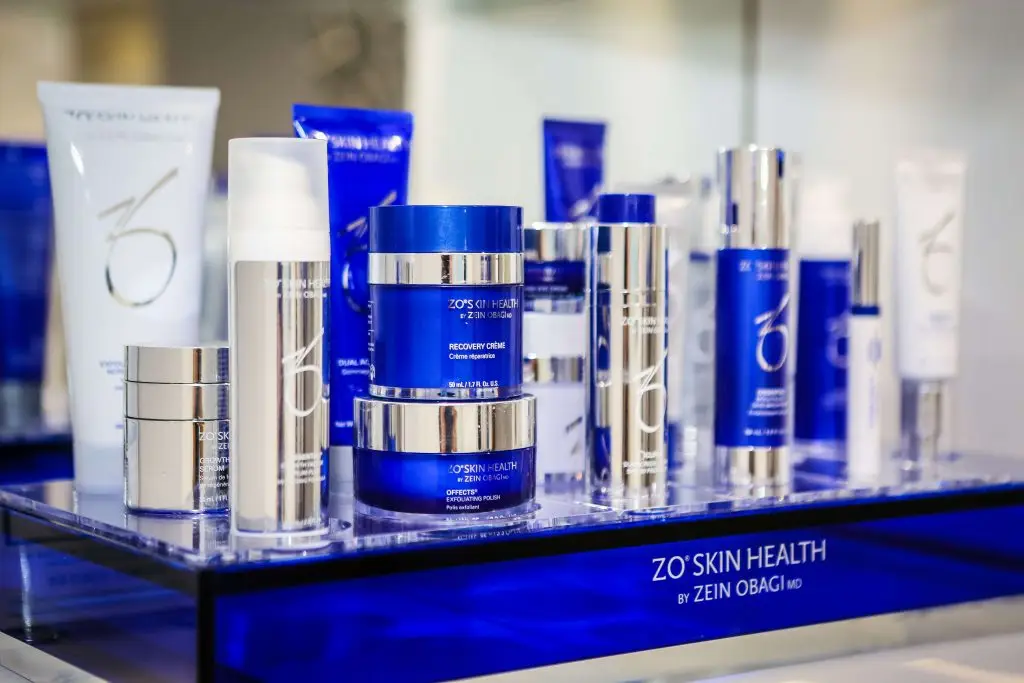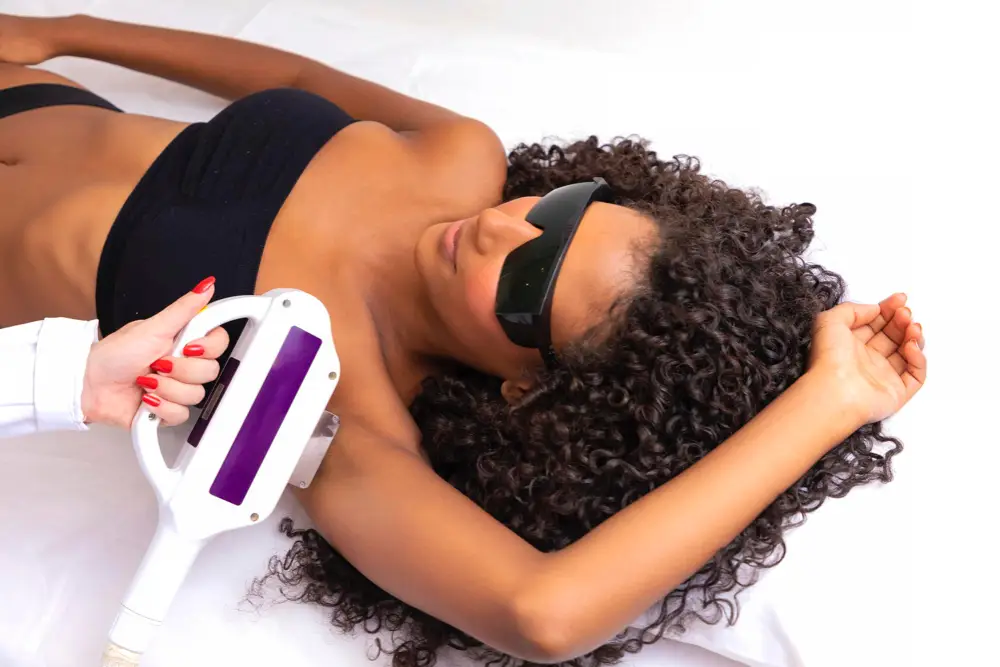Embarking on a journey towards flawless skin requires an approach that encompasses skincare, lifestyle, and habits. Read on to find out how to get the skin you’ve always wanted. We do this DAILY, so yes, it works!
1. Understand Your Skin Type: Identify your skin type (normal, oily, dry, combination) to tailor your skincare routine accordingly. This will help you choose the right products and treatments for your specific needs.
2. Cleanse Gently: Use a gentle cleanser twice a day (morning and night) to remove dirt, oil, and makeup. Avoid harsh or overly drying cleansers that can strip your skin of natural oils. Here at Lavish Wellness & Aesthetics we use the ZO Skin Health Gentle Cleanser which is perfect for all skin types.
3. Exfoliate Regularly: Exfoliation removes dead skin cells, promoting cell turnover and a brighter complexion. Incorporate a chemical exfoliant (like glycolic acid, salicylic acid, or lactic acid) or a mild physical exfoliant (like a gentle scrub) 2-3 times a week to remove dead skin cells and promote cell turnover. See How To Exfoliate At Home
Exfoliation is the process of removing dead skin cells from the outer layer of your skin. While some people believe that this improves the appearance of their skin, it’s not for everyone. If not done properly, it could do more harm than good.
4. Hydration is Key: Apply a suitable moisturizer after cleansing to keep your skin hydrated and balanced. This is essential even if you have oily skin, as proper hydration can help regulate oil production.
5. Sun Protection: Apply a broad-spectrum sunscreen with at least SPF 30 every morning, even on cloudy days. Sun protection helps prevent premature aging, sunspots, and other skin damage.
6. Healthy Diet: Eat a balanced diet rich in fruits, vegetables, lean proteins, and whole grains. Antioxidant-rich foods can help protect your skin from damage.
7. Stay Hydrated: Drink plenty of water throughout the day to keep your skin hydrated from within.
8. Limit Sugar and Processed Foods: High sugar intake and processed foods can contribute to skin issues. Minimize their consumption.
9. Sleep Well: Aim for 7-9 hours of quality sleep each night. Sleep is essential for skin repair and rejuvenation.
10. Stress Management: Chronic stress can impact your skin negatively. Practice stress-reduction techniques like meditation, yoga, or deep breathing.
11. Regular Exercise: Physical activity boosts blood circulation, delivering nutrients to the skin and promoting a healthy glow. Just remember to cleanse your face post-workout.
12. Avoid Touching Your Face: Touching your face can transfer dirt and bacteria, leading to breakouts. Be mindful of this habit.
13. Choose Suitable Products: Introduce products like serums, eye creams, and masks based on your skin’s specific needs. Consult a dermatologist if needed.
14. Patch Test: When introducing new skincare products, perform a patch test on a small area of your skin to check for any adverse reactions before applying them to your entire face.
15. Consistency: Results take time. Stick to your skincare routine consistently for several weeks before expecting significant changes.
16. Consult a Dermatologist: If you have persistent skin issues or concerns, here at Lavish Wellness & Aesthetics, we can provide personalized guidance and treatment options.
17. Avoid Overuse: More isn’t always better. Overusing products can irritate your skin. Follow the recommended usage instructions.
18. Gentle Makeup Practices: If you wear makeup, choose products that are non-comedogenic (won’t clog pores) and remove makeup before bed.
How do you Identify Your Skin Type?
 Determining your skin type involves observing how your skin behaves in terms of oiliness, dryness, sensitivity, and other factors. Here’s how you can identify your skin type:
Determining your skin type involves observing how your skin behaves in terms of oiliness, dryness, sensitivity, and other factors. Here’s how you can identify your skin type:
- Cleanse your face: Start with a clean face by washing it gently with a mild cleanser. Pat your face dry with a clean towel.
- Observe your skin: Leave your skin untouched for about an hour, allowing your natural oils to come to the surface. During this time, avoid touching your face.
- Check for oiliness: After an hour, observe how your skin feels and looks:
- Oily skin: If your face feels greasy, especially in the T-zone (forehead, nose, chin), you likely have oily skin.
- Dry skin: If your skin feels tight, rough, or flaky, especially on the cheeks, you likely have dry skin.
- Normal skin: If your skin feels comfortable and balanced without excessive oiliness or dryness, you likely have normal skin.
- Combination skin: If you experience oiliness in the T-zone but dryness on the cheeks, you likely have combination skin.
- Check for sensitivity: Pay attention to any signs of redness, irritation, or discomfort. If your skin reacts easily to new products or environmental factors, you might have sensitive skin.
- Assess pore size: Look closely at your pores. Larger pores are often associated with oily skin, while smaller pores are common with dry or normal skin.
- Check for blemishes: Consider your history of breakouts. Oily skin types are more prone to acne and blemishes, while dry skin types might experience fewer breakouts but could have more noticeable dry patches.
- Age and wrinkles: Consider your age and the appearance of fine lines and wrinkles. Dry skin types may show signs of aging earlier due to reduced moisture retention.
- Environmental factors: Remember that your skin type can vary based on factors such as climate, season, and lifestyle changes.
Don’t wait, now’s the right time to start!


